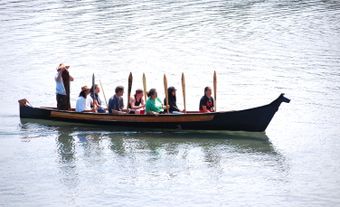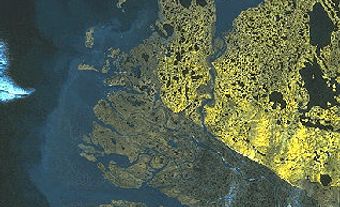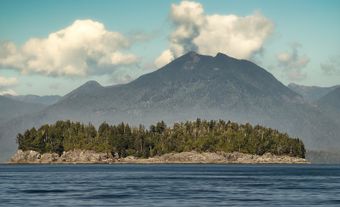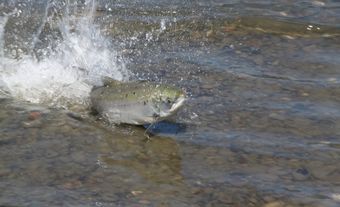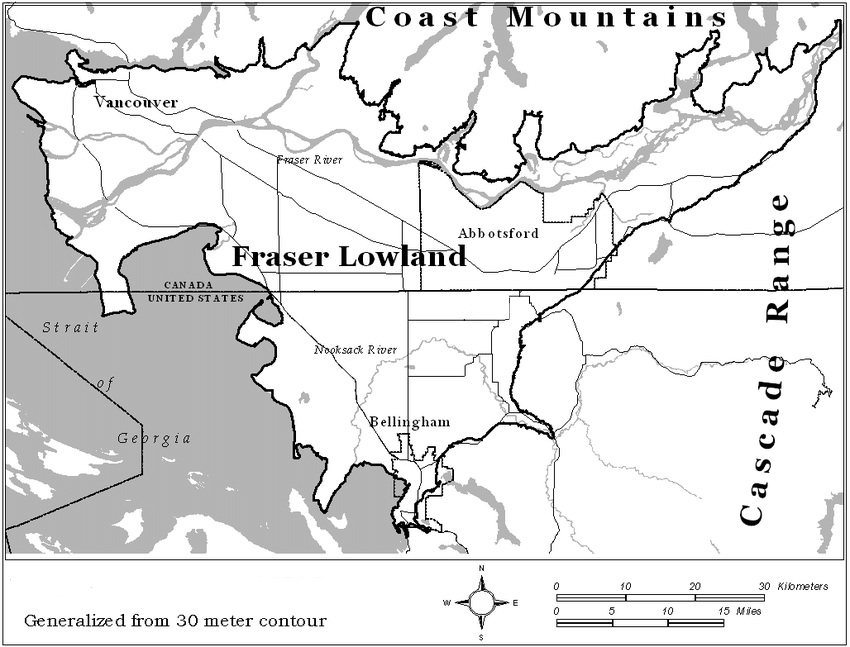
(“Map of fraser lowland and location of se2 project” by Pat Buckley, John Belec, and Jason Levy at ResearchGate is licensed under CC BY 4.0.)
Geology
The Fraser River Lowland formed from glacial and alluvial deposits laid down more than 10,000 years ago. Originally, the lowland was a delta at the mouth of a Fraser River much larger than the one known today. Due in part to the land rising following the glacial period, today these older delta deposits are about 100 m above sea level. Lower-level lowlands, almost at sea level, are the result of recent alluvial deposition along the floodplain of present Fraser River channels. Dikes protect these lowlands from flooding.
History
Stó:lō and Nooksack peoples have lived in the Fraser River Lowland since time immemorial. Both nations are part of the Coast Salish cultural group. The Nooksack’s territory is in what is now considered the northwest corner of Washington State, while the Stó:lō’s is in British Columbia.
White settlers established Fort Langley, located in the northcentral portion of the lowland, in 1827. Agricultural settlement came after the Fraser (1858) and Cariboo (1862) gold rushes. The full agricultural use of the lower lands with better soils came with improvements in drainage and diking in the early 20th century.
Population and Economy
More than half the population of British Columbia live in the Fraser River Lowland. Locally, the area is often called the Lower Fraser Valley or the Lower Mainland. Metropolitan Vancouver now occupies much of the western section of the delta-lowland. In other parts of the lowland, agricultural land is protected from urban encroachment by zoning regulations.
Dairy farming is typical on the alluvial soils of the lowest areas. The poorer soils of the postglacial, raised delta are used for small fruits, berries, poultry farming and forests.

 Share on Facebook
Share on Facebook Share on X
Share on X Share by Email
Share by Email Share on Google Classroom
Share on Google Classroom
